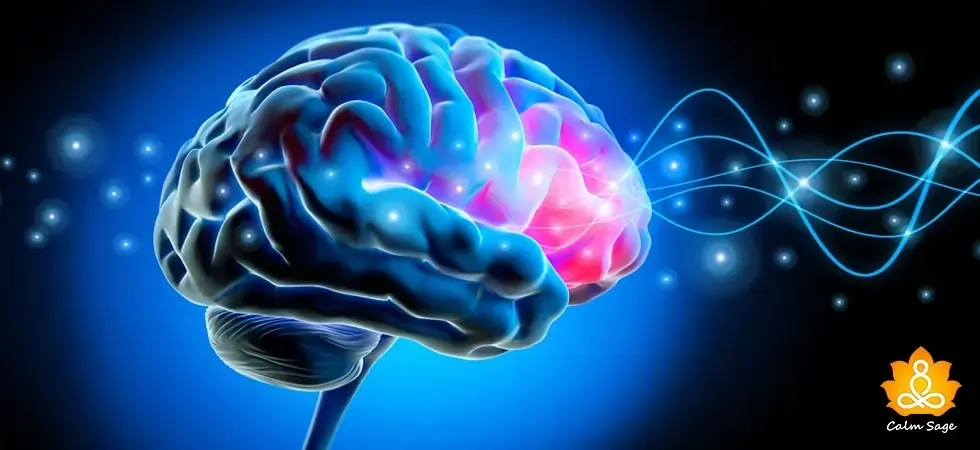10 Easy (And Powerful) Ways To Relieve Depersonalization

If you frequently find yourself feeling detached from reality then you may be experiencing depersonalization. Depersonalization can be unnerving and disturbing but the best part is that you can stop depersonalization by using some self-care tools – short-term and long-term.
Depersonalization is a type of dissociation that is often caused by a traumatic experience or by experiencing a stressful situation such as a panic attack, abuse, or assault. Depersonalization can also be caused by using recreational substances such as cannabis.
Other symptoms of depersonalization can include:
- Memory loss
- Detached from reality
- Physically numb
- Alexithymia or unable to recognize emotions
- Unable to control movement or speech
- Feeling robotic
- Unable to attach memories to the emotions
Along with these symptoms, depression and anxiety can also co-occur with depersonalization. If you or your loved one has ever experienced these symptoms, then you’re not alone. There are various support groups and self-help tools that can help relieve depersonalization. Below, I’ve listed some helpful resources to help you relieve depersonalization.
How To Relieve Depersonalization
Short-Term Resources
1. Accept Your Feelings
Depersonalization can also be a way for many people to cope with stress. It can be a way of protecting you from threats. When the body detaches itself from body and mind from emotional distress, it can make you feel safe for a moment.
However, when this emotional distress continues for a long time, then it can make the symptoms of depersonalization increase. To avoid this, you can try to label your emotions and accept your feelings. Accepting certain feelings can help lessen stress and decrease the symptoms of depersonalization.
2. Take A Deep Breath
With depersonalization symptoms occurring, they can disrupt your brain and body functioning. During such instances, taking a deep breath may help. To practice deep breathing, you can download an app or just practice a simple conscious deep breathing exercise to calm down.
3. Music Can Help
When your brain focuses on depersonalization symptoms then the symptoms can be more intense. Grounding techniques including listening to music can help reduce anxious feelings.
Music can also help reduce cortisol levels, thus decreasing stress. Try to play your favorite playlist or listen to your favorite song. When you feel the symptoms arising, just plug in your headphones and play your favorite music.
4. Read Something
If you like reading, it can also help relieve depersonalization and stop unwanted thoughts. Reading can also help you manage symptoms of depression and anxiety that often co-occur with depersonalization.
You can pick your favorite book or a story that makes you feel good and brings forth feelings of comfort. If you’re able to concentrate on the words written, you may be able to relieve depersonalization symptoms.
5. Challenge Your Unwanted Thoughts
Depersonalization can also involve unwanted and intrusive thoughts. For some people, living with depersonalization, anxiety, and PTSD, coping with unwanted thoughts can be quite challenging but with psychological distancing, it can be easy to quiet the unwanted thoughts.
Psychological distancing means creating a space between unwanted thoughts and painful experiences. Try to focus on something else to stop intrusive thoughts.
6. Call Your Support System
When you experience depression and anxiety during depersonalization, then self-isolating might seem like a good option. However, during those times, the better option is to call your support system. Your support system can be anyone – a close friend, a trusted family member, or someone from a support group.
Just know that opening up about your experience can allow you to receive support and empathy. While it may feel overwhelming and vulnerable, know that you can lean on someone for support.
Long-Term Resources

7. Psychotherapy
If the symptoms of depersonalization are caused by trauma then getting professional help via talk therapy can be a good long-term solution. Therapy approaches like cognitive-behavioral therapy, eye movement desensitization and reprocessing therapy (EMDR) can help. CBT can help with challenging unwanted thoughts and EMDR can help process your trauma.
8. Self-Educate
Self-educating is also a great way to relieve depersonalization. Understand the symptoms and the causes of depersonalization disorder. This can help your brain make the symptoms less dreadful and scary.
Also, reading about others’ experiences of depersonalization can create a sense of connection and togetherness in dealing with the disorder.
9. Catch Some Zzzzs
Catching up on sleep can help you feel less tired and manage your anxiety. The CDC says that the best way to maintain a sleep schedule is to go to bed and wake up each day at the same time. You can also try to keep your electronics away from your bedroom. You can also try other routines to improve your sleep.
10. Get Some Exercise
Just like catching up on sleep can help, exercising can help too. Doing aerobic exercises can help reduce burnout and did you know that one of the symptoms of burnout is depersonalization.
If you’re not sure about getting exercise, you can begin by walking. Walking can also help lower cortisol levels which, in turn, can help reduce stress.
Wrap Up
If you or someone you know is living with depersonalization disorder, then finding the right resources can help. If you need a professional mental health counselor, then you can find a therapist via the American Psychiatric Association or connect with NAMI (the National Alliance on Mental Health).
There are hundreds of blog posts on NAMI that can help you better understand the experience of depersonalization. You can even listen to podcasts on anxiety and panic disorders to listen to mental health experts talk about how to relieve depersonalization.
Getting help takes a lot of courage but the important thing is to take that first step. It may be frustrating at times and while things may not be perfect but with time it’ll get better. I hope these resources to relieve depersonalization may help you cope with your experience.
For more, you can write to us at info@calmsage.com or DM us on social media. Do share your thoughts in the comments below.
Take Care.




















